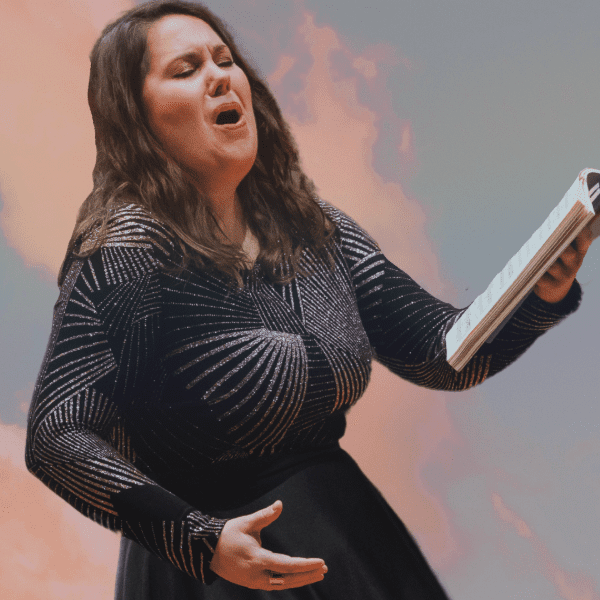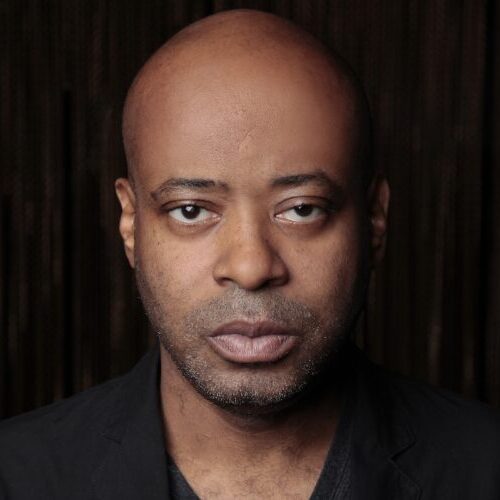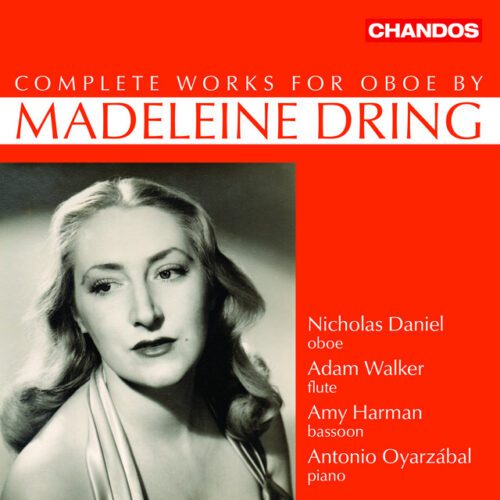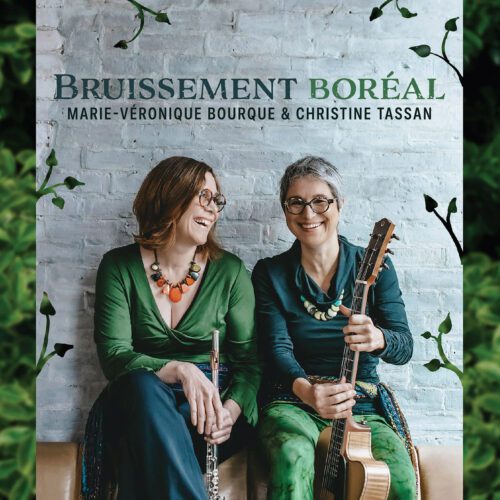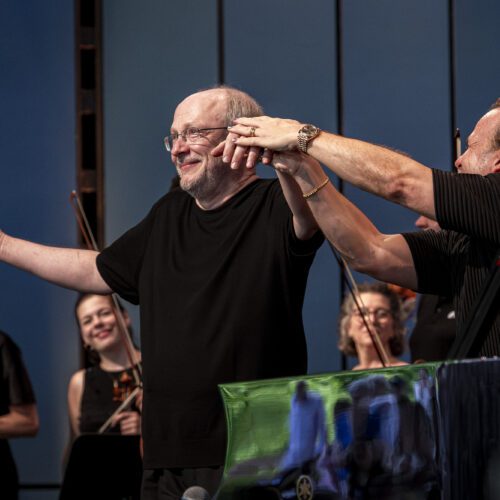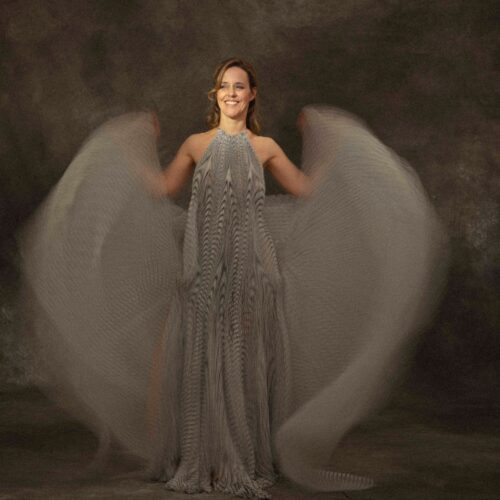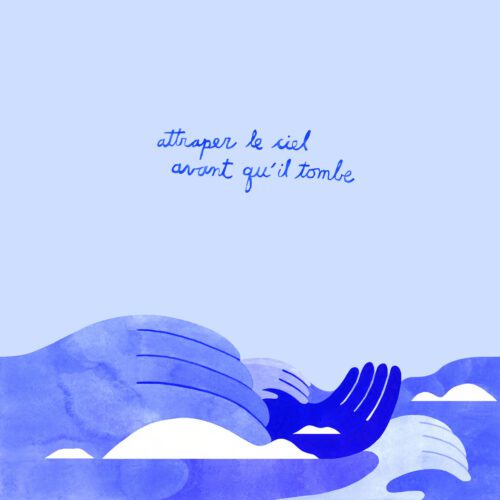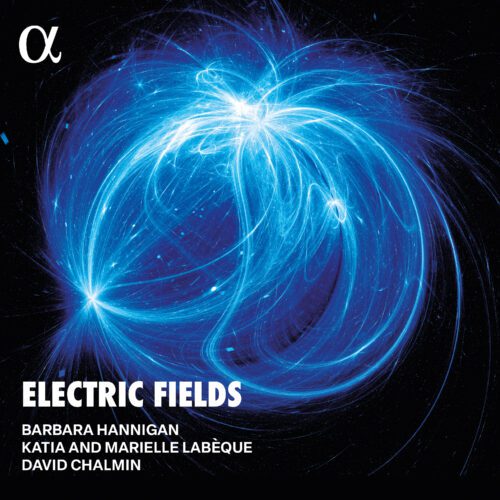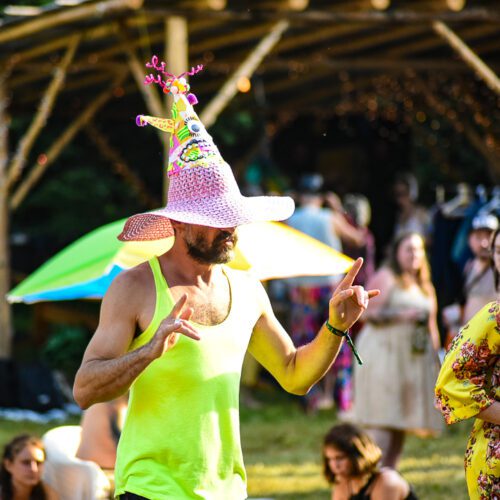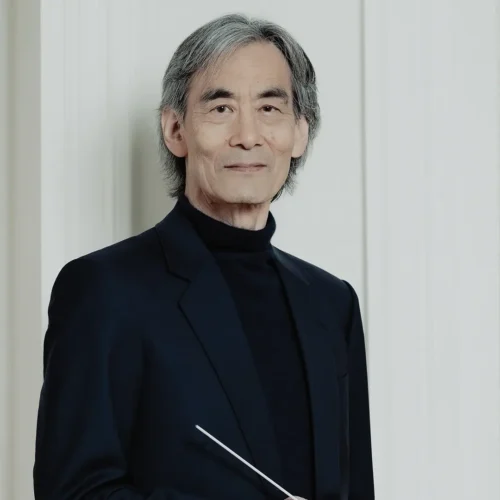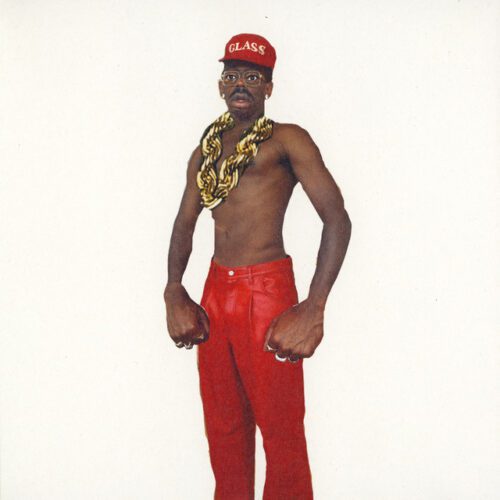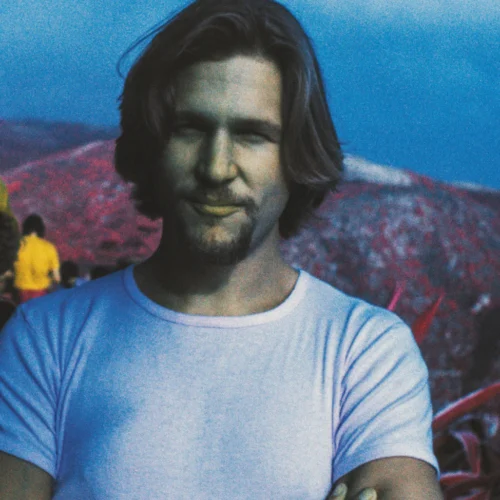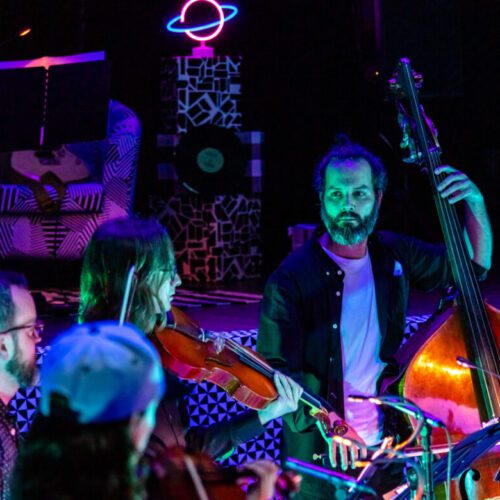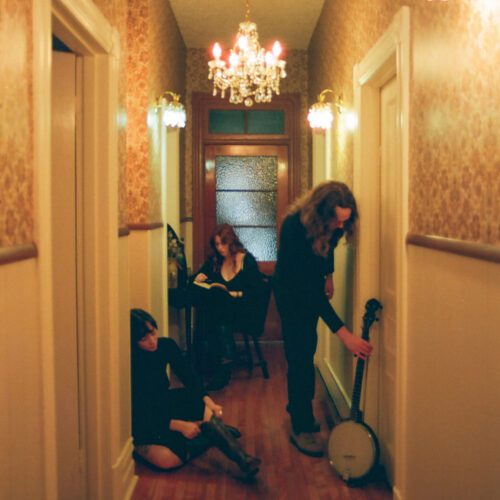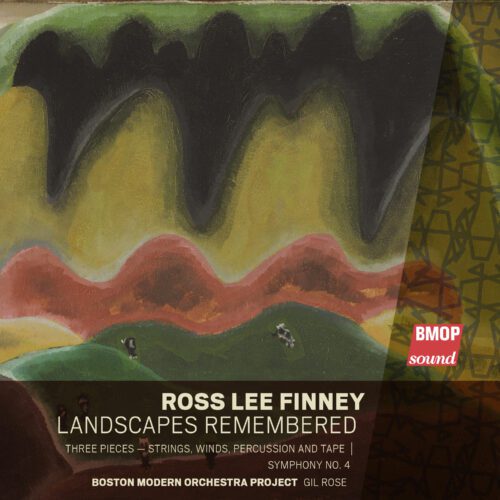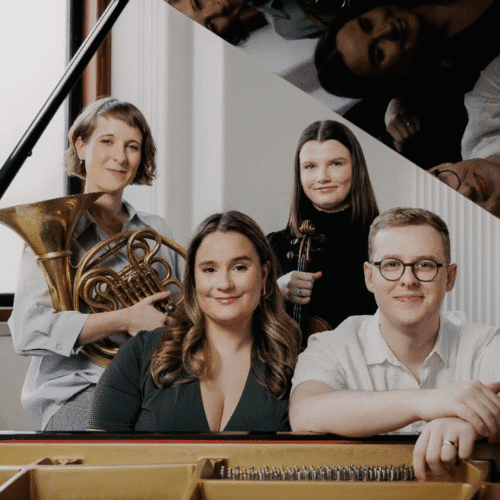Les Violons du Roy, accompanied by the chamber choir La Chapelle de Québec and conducted by Bernard Labadie, presented an interesting repertoire on March 6: Bach’s early cantatas, the first works of the man who was to become the absolute benchmark of Baroque music.
The concert opens with a brief, but very light-hearted, introduction by Bernard Labadie. We have no record of his compositions before his apprenticeship, with the exception of one piece written around the age of sixteen. What did he write during his student years, before publishing his first cantatas? A great mystery, which makes us all the more curious to hear these famous early works broadcast.
The first notes of “Cantata BWV 150 Nach dir, Herr, verlanget mich” echo through the Palais Montcalm. As throughout the rest of the concert, the ensembles are split up: this time, there are no violas, just a cello, double bass and bassoon. Immediately, we hear colors that, without knowing Bach perfectly, we would not have imagined coming from the composer’s mind: daring harmonies, lively tempo changes, and, thanks to the particular formation, a singular sound balance. Les Violons du Roy render the beauty of this cantata with excellence. The choral passages are perfectly successful, but we felt that the first passages by the soloists (from La Chapelle) were a little more timid.
“Cantata BWV 131 Aus der Tiefe rufe ich, Herr, zu dir” continues the evening, and this time it’s the violin section that becomes rarer. The violas return to the balance, and above all, an oboe makes its appearance, almost to the rank of soloist as it knits in counterpoint with the solo singers, and responds to their interventions. It seems that this work is at times taxing, and although the majority of the cantata is very well mastered by the musician, one can detect certain tensions in places (it should also be pointed out that the score requires quite impressive respiratory endurance). During the Arioso sung by the bass, Stephen Hegedus, the tempo seems to be disputed between the singer, the oboe and the organ, giving a feeling of imprecision without it being clear who is to blame. Nevertheless, the overall impression of the piece is good, with a perfectly mastered finale that leaves us with a taste of splendor before the intermission.
An even more atypical formation opens the second half of the concert, with two violas da gamba and two recorders replacing the violin section in Cantata BWV 106 Gottes Zeit ist die allerbeste Zeit. A well-assumed early-music color, evocative of Renaissance instrumentations, which nonetheless gives rise to a few inaccuracy challenges. The soloists seem to have come into their own, and their interventions are more striking, notably the “Ja, komm, Herr Jesu, komm!” performed by soprano Myriam Leblanc with brio. The cantata unfolds, with a fine mezzo solo by Marie-Andrée Mathieu, previously unheard, pleasantly supported by tenor Hugo Hymas.
To close the concert, the Cantata BWV 4 Christ lag in Todes Banden was chosen. This time, the Baroque line-up is a little more standard. The cantata is more austere, in keeping with the text, with the exception of the Alleluias that punctuate the end of each verse. There’s a fine duet between Myriam Leblanc and countertenor Daniel Moody, although the latter loses some of the beauty of his timbre on the higher notes. Later, we hear Stephen Hegedus’s voice, highlighted more prominently than in his previous performances, in his Aria for verse 5. The concert ends with a final, grandiose “Alleluia”.
The concert BACH, LES PREMIÈRES CANTATES AND BERNARD LABADIE, will be presented again in Quebec City on March 7, 2025 and in Montreal on March 8 2025.
